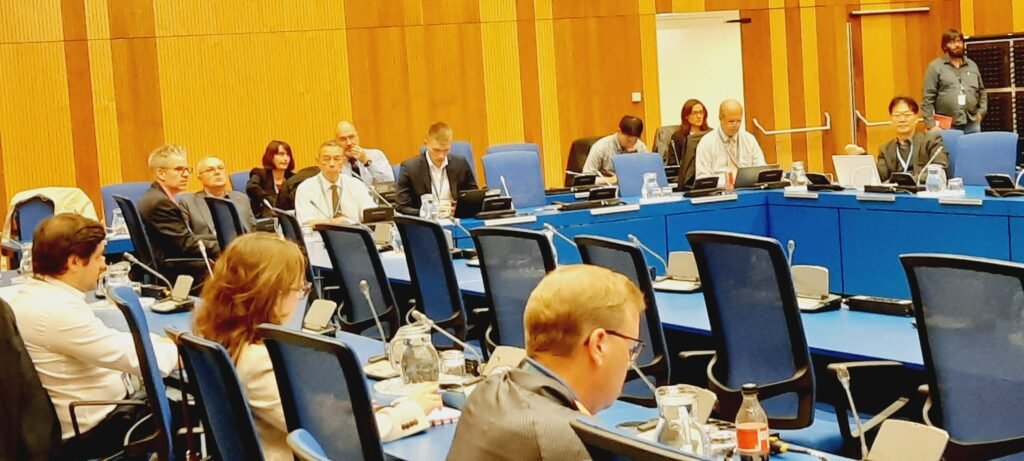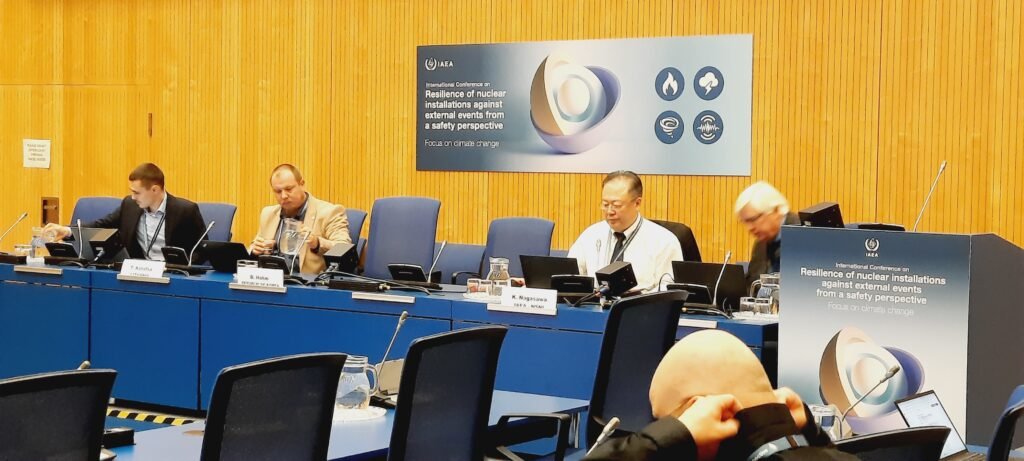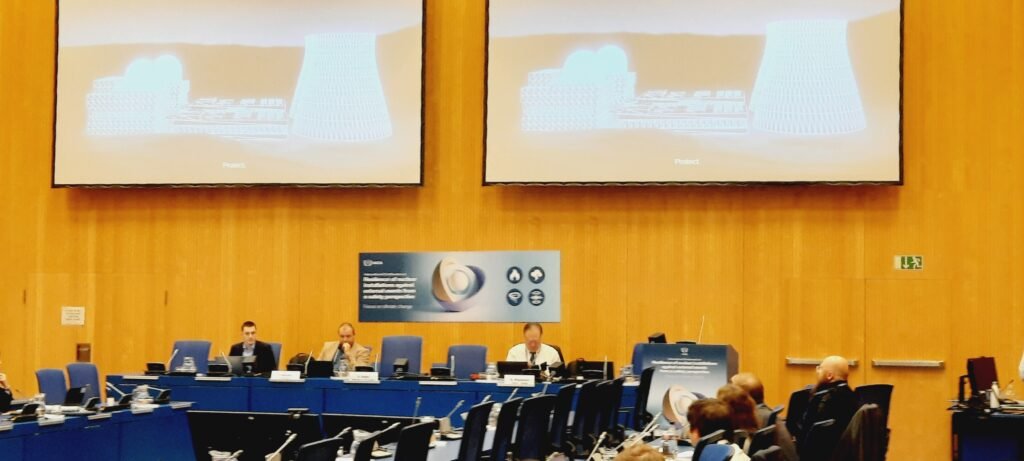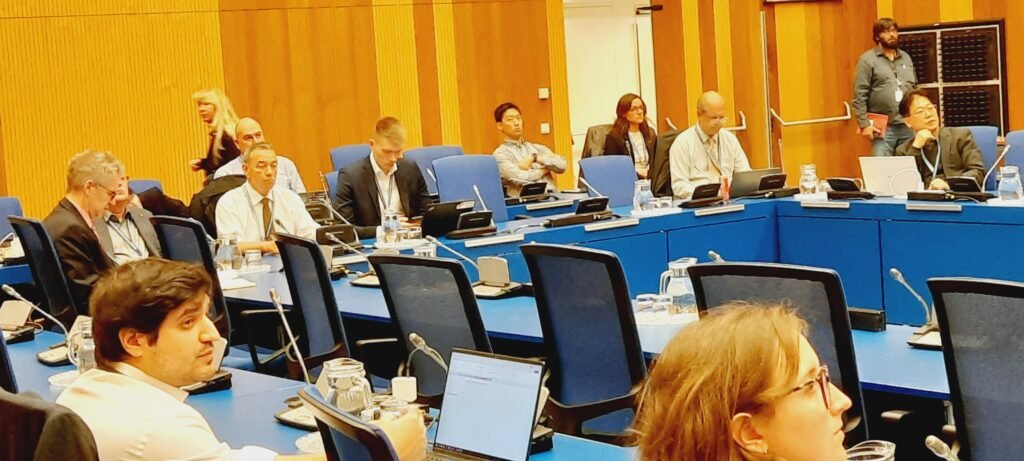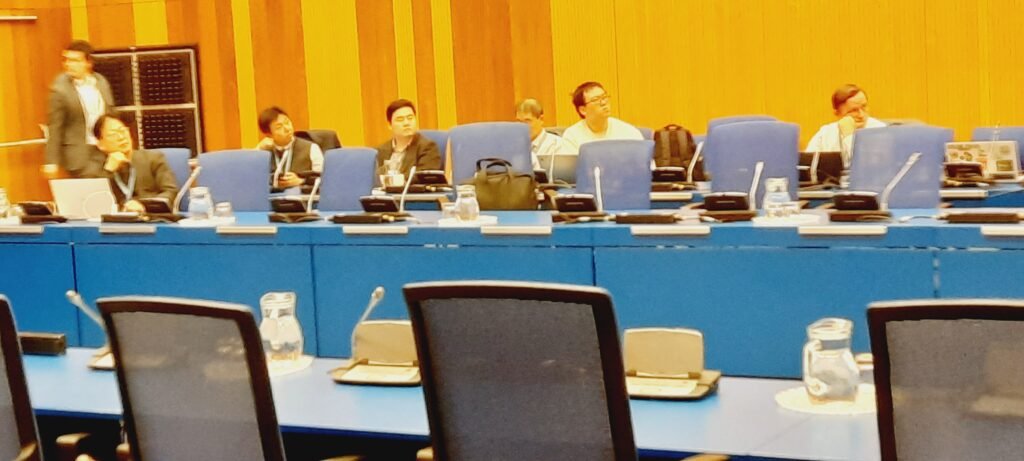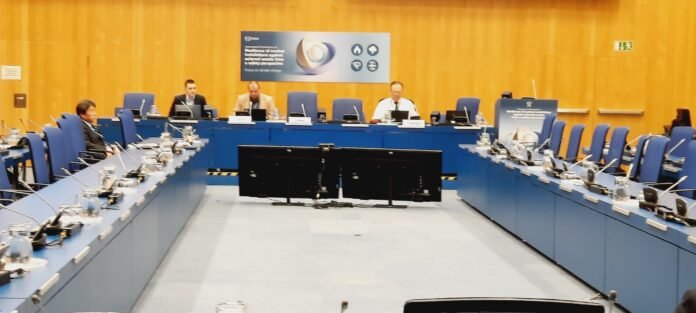Introduction to the Conference
The upcoming conference on enhancing nuclear installation resilience is scheduled to take place from October 20 to 24, 2025, in Vienna, Austria. This event is poised to be a vital assembly for leaders, experts, and stakeholders in the nuclear energy sector, focusing on the pressing issues surrounding safety and resilience in nuclear installations. A significant emphasis during the conference will be placed on understanding how external threats, particularly those induced by climate change, can affect the stability and operation of nuclear facilities.
As global temperatures rise and extreme weather events become more frequent, the potential risks faced by nuclear installations is a topic that warrants urgent attention. Natural disasters such as floods, hurricanes, and earthquakes have prompted discussions regarding the adequacy of existing safety measures and the need for improved protocols. The conference will serve as a collaborative forum to explore innovative solutions and share best practices among member states, fostering a culture of preparedness and resilience.
This conference stands out not only as an opportunity to disseminate knowledge but also as a platform to strengthen international cooperation. By engaging in a dialogue about the latest research and technological advancements, participants will work towards enhancing the safety frameworks that govern nuclear energy production. The shared goal is to mitigate risks stemming from external threats, ensuring that nuclear installations remain robust in the face of climate change and other environmental challenges.
In summary, this gathering aims to unite seasoned professionals and emerging voices in the nuclear field, working collectively to establish a more resilient future for nuclear energy infrastructure while addressing the inevitable ramifications of climate change.
Climate Change and Its Effect on Nuclear Safety
The ongoing challenges posed by climate change have significant implications for nuclear safety, as fluctuating climate patterns may intensify natural disasters such as floods, hurricanes, and earthquakes. These disasters can compromise the integrity of nuclear installations, raising concerns about the effectiveness of existing safety protocols. A comprehensive understanding of climate change impacts is essential to ensure that nuclear facilities can withstand increasingly severe environmental conditions.
With the increasing frequency and intensity of extreme weather events, nuclear installations must adapt to a new reality where external threats are more pronounced. For instance, the risk of flooding may rise due to heavier rainfall and rising sea levels, urging a reevaluation of flood defenses that protect nuclear plants. Similarly, hurricanes, characterized by stronger winds and heavier storm surges, necessitate robust infrastructure capable of withstanding such forces while maintaining operational safety.
Furthermore, seismic activity associated with climate change—such as the melting of large ice sheets leading to geophysical adjustments—can exacerbate the risk of earthquakes in regions previously considered stable. As these geological shifts may not have been accounted for in original safety design criteria, it becomes crucial to reassess the structural resilience of nuclear facilities in light of these evolving threats. Enhanced modeling, predictive analysis, and continuous monitoring will be vital to identify vulnerabilities and develop strategies to mitigate risks.
The relationship between climate change and nuclear safety emphasizes the importance of proactive measures that can bolster the resilience of these critical infrastructures. Implementing advanced engineering solutions, investing in research, and fostering collaboration among stakeholders will be essential in ensuring that nuclear installations can effectively respond to the challenges posed by a changing climate and external hazards.
Emerging Hazards: New External Events and Considerations
The operational landscape for nuclear installations is continually evolving, presenting both challenges and opportunities. Increasingly, external threats to these facilities are not confined to historical risks but encompass a range of new external events that require prompt consideration. Changes in land use, shifts in aircraft flight paths, and the establishment of new industrial entities in proximity to nuclear sites are just a few examples of emerging hazards that necessitate rigorous examination. As these factors evolve, they can introduce previously unconsidered risks, thus highlighting the need for ongoing vigilance and assessment.
In recent years, expanding urban and industrial development near nuclear facilities has led to a notable increase in the complexity of risk assessments. These developments can result in heightened traffic, larger populations, and significant infrastructure changes, all of which can affect the safety margins of nuclear operations. For instance, alterations in aircraft flight paths may expose installations to a greater risk of low-flying aircraft incidents, thereby necessitating a revision of protective measures and emergency response plans.
Furthermore, the arrival of new industrial entities nearby introduces the possibility of hazardous materials and increased human activity, which can compound existing threats. Localized industrial accidents or the inadvertent release of toxic substances could pose risks to the nuclear facility’s operational integrity and its surrounding environment. Therefore, a comprehensive re-evaluation of design philosophies and safety protocols is crucial in light of these emerging vulnerabilities. The objective is to ensure that nuclear installations are resilient against both traditional and newly identified threats.
Ultimately, the need for continuous assessment and adaptation of safety regulations becomes clear. By proactively addressing these evolving external hazards, the nuclear industry can enhance its resilience, ensuring the safety of both the facilities and the communities they serve.
Collaborative Efforts for Enhanced Nuclear Safety
The safety and resilience of nuclear installations are critical in the face of various external threats and the impacts of climate change. As nations continue to confront these challenges, collaborative initiatives among member states have emerged as vital mechanisms for enhancing nuclear safety. Through conferences, workshops, and cooperative agreements, stakeholders in the nuclear sector can engage in meaningful dialogue that fosters shared understanding and the adoption of best practices.
Internationally organized conferences provide a platform for experts, policymakers, and operators to discuss advancements and challenges in nuclear safety. These gatherings facilitate the exchange of lessons learned from experiences in different regions. By sharing both successes and failures, member states tackle common vulnerabilities and develop strategies that can lead to improved design, licensing, operation, and decommissioning of nuclear facilities. Such cooperation is essential in creating a resilient framework capable of addressing the complexities introduced by climate change and external threats.
Moreover, the establishment of global networks for nuclear safety research allows for consistent sharing of data and resources, contributing to a more robust understanding of risks associated with climate-related events. Joint initiatives can innovate and implement technologies aimed at enhancing the structural integrity of nuclear installations, ensuring they withstand extreme weather conditions. These proactive approaches emphasize the importance of a continuous feedback loop among participating nations, where ongoing dialogue informs real-time adaptations and enhances overall safety performance.
Establishing an environment where collaboration thrives will ultimately cultivate a culture of safety within the nuclear community. It is crucial for all stakeholders to recognize their role in this unified effort. By bringing together diverse expertise, perspectives, and resources, member states can effectively address the multifaceted challenges posed by climate change and external threats to nuclear safety. Such collective efforts emphasize the necessity for sustained cooperation and commitment toward safeguarding nuclear installations and surrounding communities.
